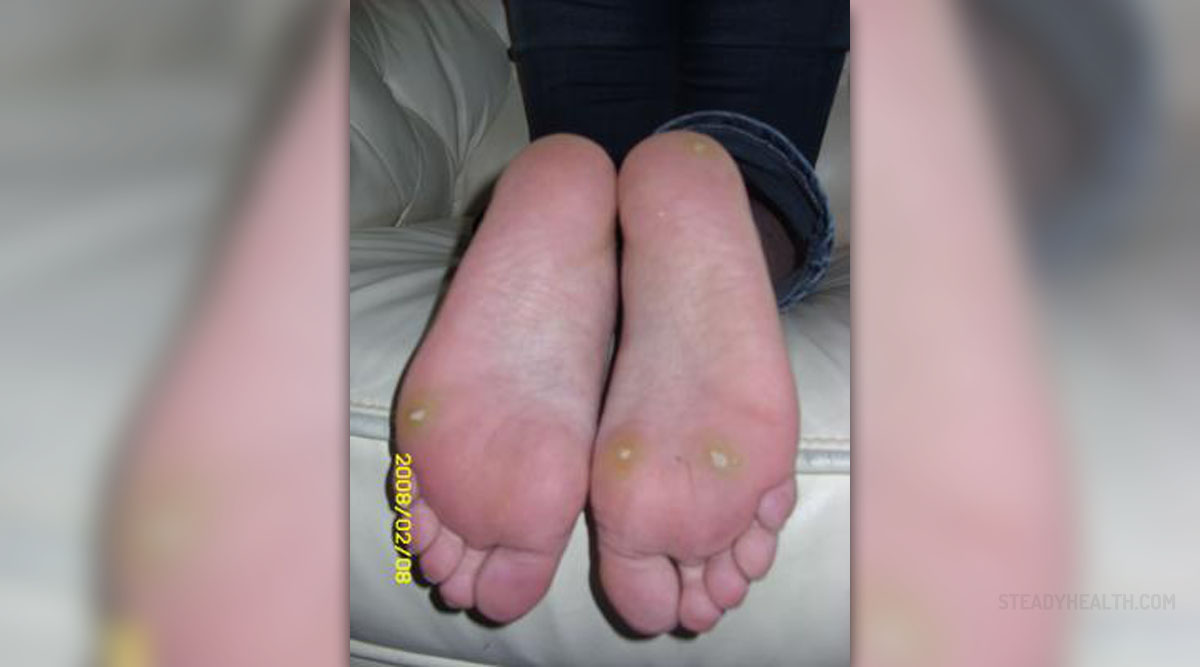
Pain managementexercises
Considered to bequite helpful in managing the pain induced by the plantar fasciitis is doing regular exercise. One downside to thisis the fact that all of the traditional natural remedies that are employed toaddress this condition go as far as dealing with the manifestations that accompanythe condition, as well as relieve the pain, but seldom (if at all) provide a longterm solution. Among the most frequently employed treatment techniques are calfmuscle stretching exercises, various types of massage, loss of excessiveweight, decreasing the intensity of the training program, finding morecomfortable shoes in combination with adequate insoles, treating the sore heelswith ice packs, and ultimately, turning for help to ibuprofen, for example. Butdespite their quite evident benefits, as mentioned above, these methods onlyprovide short term relief and do not go deeper into the problem itself.
On the other hand,plantar fasciitis exercises primarily concentrate on stretching/strengthening routinesthat have proven to be significantly more effective than the above mentionedtreatment approaches. Since the condition in question is a direct consequenceof the decrease in strength of the person’s fascia (i.e. the band of connectivetissue) and inability to sustain additional stress during an exercise, one ofthe most obvious solutions is to lower the training rate. Another way is tobuild up the overall strength and resiliency of the plantar fascia. This wayit will be able to sustain more, and thus give you less of a headache.
Exercises
Stretchingexercises
Therotational hamstring stretch - first step is to transfer all of your weight onthe left foot, which will be your main standing foot; next, the right foot healis to be laid on the bench/table approximately in the waist level; leftfoot should be rotated outward about 45 degrees. Following this, a person is to lean forwardwith the navel and shoulders all the way until the constant tension occurs inthe right leg hamstring – 20 repetitions clockwise and 20 counter-clockwise. Oncethis is done, do the same but with the right leg. The upside of this particularexercise is that it enhances the flexibility of the hamstring.Tri-planeAchilles stretch – person needs to take up the position in which the feet willbe hip-width apart from each other, with the left foot in front of the rightone (6 to 10 inches). Weight should be shifted onto the left leg and the kneeshould be bent, but the left foot should remain firmly on the ground. On theother hand, the toes of the right foot should be the only right leg’s connection to the ground. Once this position taken up, the left knee is to bemoved in a slow manner to the left. In the course of this, the knee should be pointedto a lateral direction and spontaneously rotated. The rotation should also bedone in both directions – left and right. This exercise is to be repeated 20times. Its benefits are that this stretch aids and contributes to the enhancedflexibility of the Achilles tendon.




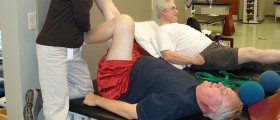
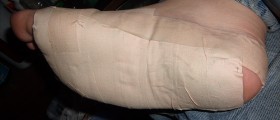
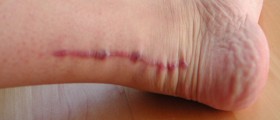

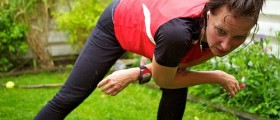



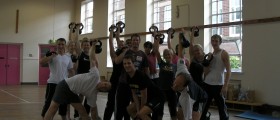



Your thoughts on this
Loading...